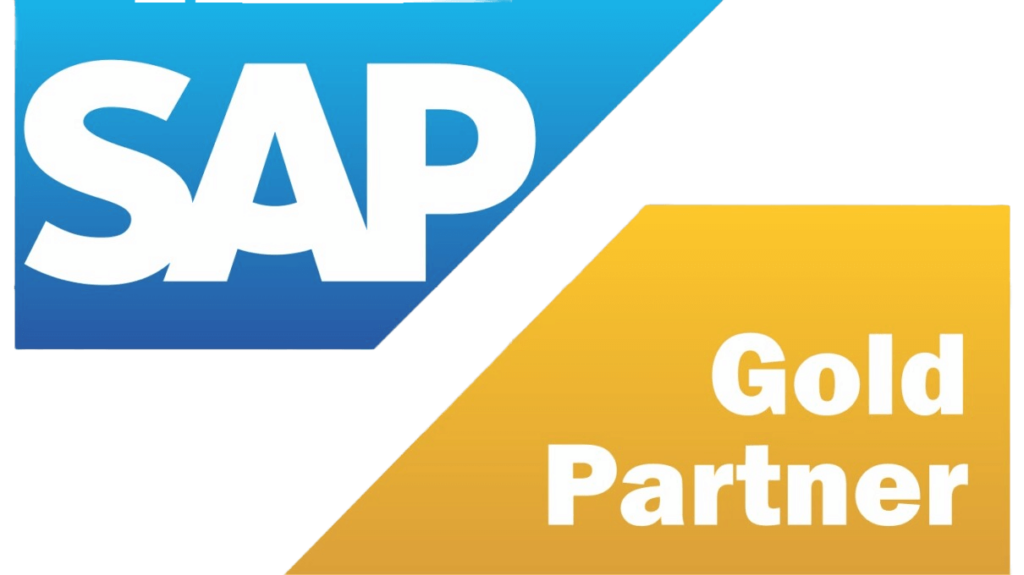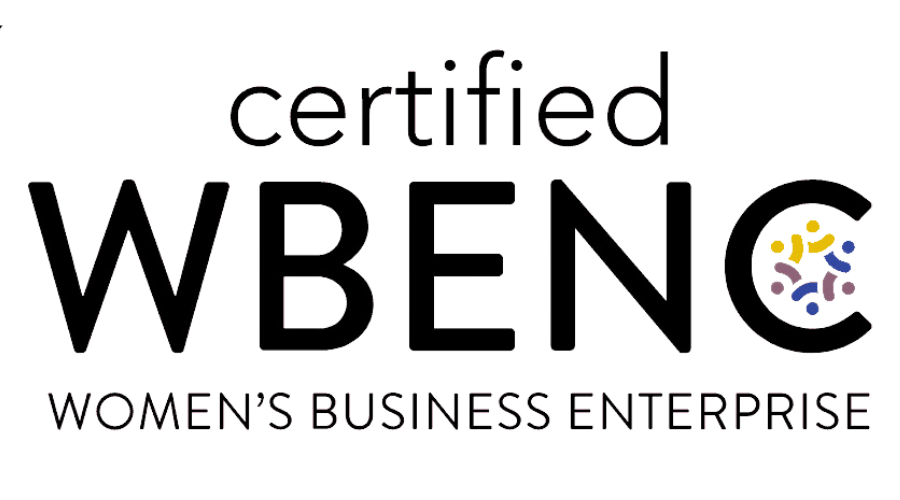Journey to S/4HANA: VIM and Information Capture
We’ve said it before and we’ll say it again: every company will have its own unique journey to S/4HANA. Each one will be influenced by the specifics of their SAP environment, and more importantly their unique business goals. But no matter your S/4HANA upgrade approach, you will be embarking on an intense journey that will require considerable attention from your team. While a typical SAP S/4HANA implementation could take 8-12 months, the estimated duration and effort might be higher depending on the complexities and realities of each company.
Fortunately, that still gives everyone enough time to complete their move before the newly revised S/4HANA migration deadline in 2027. If you really need it, SAP currently plans to offer an extension to 2030 for an additional 22-32% premium on support. That’s a substantial incentive to get started sooner rather than waiting until the last few months.
Of course, your business will continue to run during this process, so it is vital to maintain your existing environment and maximize your current efficiency while building for the future. With effective planning, you can make short term improvements that will deliver immediate benefits, and bring those improvements to the S/4HANA environment to continue your progress. No current efforts need to be discarded. In fact, the concept of continuous improvement is one of the advantages built into the SAP S/4HANA platform. If you haven’t already, establishing an iterative strategic mindset now will help you maintain and improve your environment consistently and continually far into the future.
Planning the Steps of Your Journey to S/4HANA
The full journey to S/4HANA is going to impact every aspect of your business. Every department, every location, every process will be touched, evaluated, and possibly revised or replaced along the way. With this much happening, it can be easy to focus on the larger picture and make possibly incorrect assumptions about many of the details impacting individual business units.
For this reason, this series of posts is going to focus on specific functional areas, bring essential questions to your attention, and suggest proven strategies to address required decisions and tasks before they get lost in the larger project.
If you already have a defined plan for your SAP S/4HANA implementation, super. We hope these questions and concepts validate the decisions you’ve made. Maybe they will even remind you of areas that have started to fall out of focus.
For those who don’t have an implementation plan yet, use this information as a tool to start conversations with your team and encourage them to consider the time and effort this initiative will require.
First Questions for Your Journey to S/4HANA
Here are a few questions to get started. Keep in mind, none of these questions have simple answers. They all should be considered and weighed relevant to each other and the future vision of your firm.
- When do you plan to start your journey to S/4HANA?
- Next week? In one year? Two years? Align your completion date with your strategic business goals and use the estimate above to gauge when to start.
- Who is the Executive Sponsor of this initiative?
- It is essential your journey has an accessible leader to position this change as a value-add for everyone, not just a technical IT project. Learn more details in Building Consensus for Your ECM Project.
- Which implementation strategy is best for your business?
- Greenfield, brownfield, or a more selective landscape transformation? The best option depends on many different factors. Learn more about possible migration strategies here.
- Should you plan for one big bang, or should you take a phased approach?
- Will you make incremental releases in your live environment, or will you build a parallel environment and switch over all at once? How will you keep parallel systems in parity as you progress toward your go-live date? This choice will greatly influence many other decisions.
- Which fits your business needs: a private cloud, public hyperscaler, or SAP Cloud?
- There are pros and cons to each. Which matches your needs today, and which will be best for you in the future?
Are these all the questions you need to ask? Of course not, but it’s a start, and it establishes a base of understanding for your team to add additional details related to more focused areas.
S/4HANA, VIM and Information Capture
There are several concepts related to VIM and Information Capture solutions that need to be considered within your complete S/4HANA implementation strategy. Many of these can also be addressed before your full migration, providing both immediate and long-term benefits.
- Can you benefit from a shared service model?
- If you have multiple offices that are supported by individual spend management teams, it may be the right time to consolidate some or all of these into a centralized business support shared service model. This can reduce costs and open up advanced remote-work capabilities.
- What is your current OCR and Information Capture solution?
- If you are currently using an older on-prem OCR solution, unfortunately it will not migrate to the S/4HANA platform. The good news is that there are newer, more powerful Information Capture solutions available. As part of the latest upgrades, this is available before you move to S/4HANA so you can get these benefits and cost savings now, and take them along in your eventual migration. These new solutions take full advantage of advanced machine learning to provide more accurate capture of invoices as well as any other type of document. Learn more about what’s possible in What’s New in VIM 21.4?
- Where can you benefit from automation?
- There are many opportunities for automation throughout every spend management pipeline. Focus on high-impact areas before your S/4HANA migration and your team won’t get distracted by the technical challenges and looming deadlines of the full project. You’ll get these efficiencies now and be able to transfer them to the new system. This is also a great time to consider how you can leverage discount capture strategies for additional cost savings.
- How will you address large amounts of data?
- An often-overlooked aspect of the journey to S/4HANA is the volume of data you need to transfer. Bottom line: the more data you have in active memory, the more it will cost. Many companies have 10, 15, or 20 years of data, invoice images, and other support documents of all types saved in their system, but very little of it is actually used on a daily or even annual basis. Evaluate your existing data, content, and documents and create an archiving strategy that will minimize your data footprint and your costs. With effective automation and document management you can keep your storage costs to a minimum, ensure all your content is available exactly when desired, and strengthen your overall compliance efforts. Optima has developed several document management Solution Packages that can help accelerate this process.
Additional System Enhancements
It’s important to take a long view of the tools and capabilities you will need for the future, and whether it’s best to implement them before, during, or after your S/4HANA implementation. Adding additional complexity during the implementation is almost guaranteed to cause delays and increase the risk of time or feature failures, so we recommend you do these projects either before or after. As we mentioned above, the main question to ask is “Will this give me benefits now, and can I transfer that benefit to the new system?” If the answer is no for either point, then it may not be worth the expense and effort. If the answer is yes, then it is worth considering completing them earlier in your larger plan.

There are similar considerations for upgrades and maintenance to your existing invoice and content management tools. As we touched on above, there are upgrades to the latest version of VIM and Intelligent Capture, as well as Content Server, Extended ECM and more that will provide a wealth of time, cost, and effort savings throughout your full migration journey, and even streamline parts of your migration. These projects should also get a detailed cost/benefit evaluation to determine when is the best fit them within the larger roadmap and journey to S/4HANA.
Clearly this is not a cut-and-dry decision. You will need to assess each component as part of the whole, and decide which path fits your budget, timeline, and capabilities. In general, we recommend addressing functional items that can bring great value early before an S/4HANA implementation gets going; the transition to the new ERP landscape will most likely consume too much time and resources to address other requirements within the implementation. This approach allows you to make the transition to S/4HANA smoother and less demanding on your business resources.
What You Can Do Now

- Learn what is possible with SAP S/4HANA
- Work with a trusted advisor to understand what the new platform can do for you. This will allow you to identify both quick-wins (that every executive team loves to see) and long-term benefits that will maximize your total ROI. For example, SAP Fiori Analytics opens up a wealth of new and powerful capability that isn’t possible on ECC. Ask someone who understands the possibilities, and can help you create a vision related to your goals.
- Examine your current processes in detail
- Make sure your processes serve the company you want to be, not the company you were. How long ago were your current processes established? If it was five years ago, you may only need to make minor updates. If it was 10 or more years ago, there is a good chance that there are many opportunities to streamline, optimize, and automate processes that were not in possible in the past.
- Identify the root causes of current pain points
- What are today’s barriers to success? Are they technical or functional? Many functional issues can be addressed before your move and will become even more effective later. Find the causes now so you can make an educated decision while planning.
- Document your code, especially any customizations
- Some types of enhancements are not upgrade friendly, and because of the underlying changes in S/4HANA architecture, some won’t work at all. Implicit enhancements can be easily missed during a larger upgrade, and the more enhancements you’ve done, the more time you’ll need to review and validate if they can migrate easily or at all.
- Use SAP’s code testing tools
- S/4HANA isn’t just a ‘shifted to the cloud’ solution. There have been dramatic improvements. That also means not everything will run the same. Some ABAP development techniques have changed, there are new table structures, and functionality has been deprecated. There are free tools from SAP that can help identify possible code issues, so use them as early as possible. We can both help you run these tools and help you interpret and address any issues they may reveal.
Your Journey to S/4HANA is for Today and the Future
A major point that we don’t want you to miss is this: DO NOT simply rebuild what you have today. You will be making a major investment that will be the core of your company for many years. Put effort into thinking about what will keep your business successful into the future and resist the urge to just patch old problems and frustrations. Look for opportunities to rethink your processes to take advantage of new concepts and capabilities that SAP S/4HANA provides. Are there new business channels and models on the horizon that you can prepare for? We’ve been guiding our clients on their content management journey for many years, and we can guarantee you there are a wealth of possibilities and opportunities for improvement if you are ready for them.
About Optima ECM Consulting
Optima is an industry leader in content-management solutions that leverage today’s technology and emerging channels to keep you ahead of your competitors. Our experts will help you maximize the value of your existing environment as you plan your journey to S/4HANA.
To get you started efficiently, Optima developed a unique DCS Health Check, a low-cost, comprehensive evaluation of your current environment. Our proprietary methodology analyzes your current environment to prepare you to get the most from your system today as you migrate to the SAP S/4HANA platform.
Learn more about our DCS Health Check below, and see how it is a vital first step to start your transformation to an intelligent enterprise.








